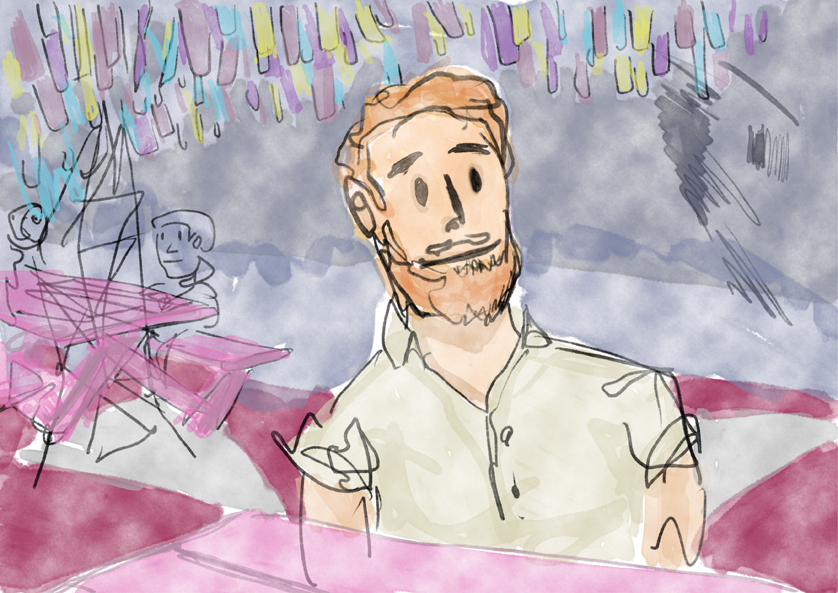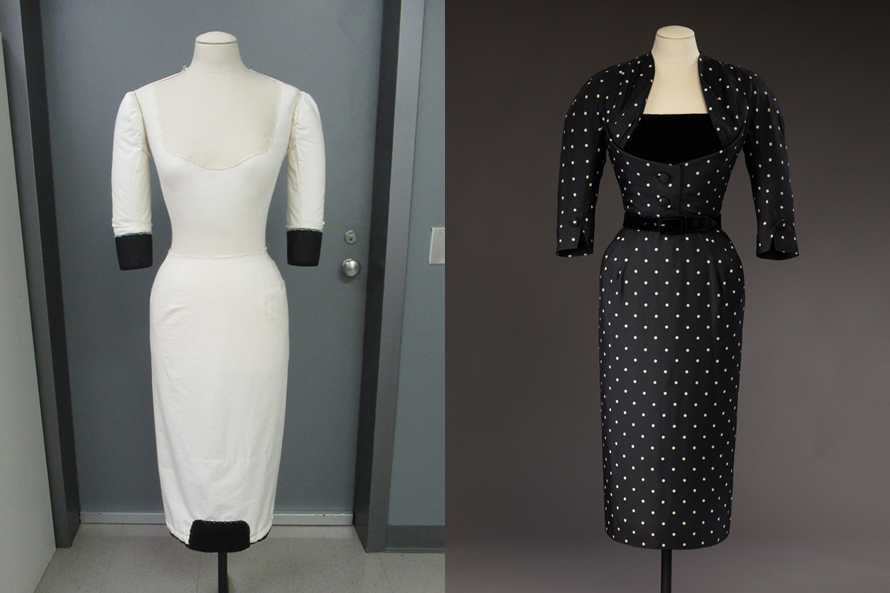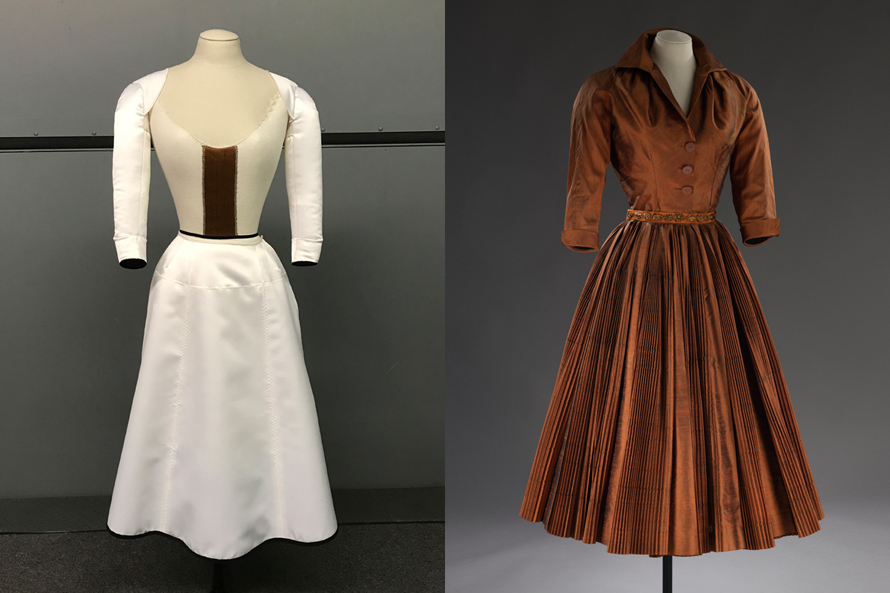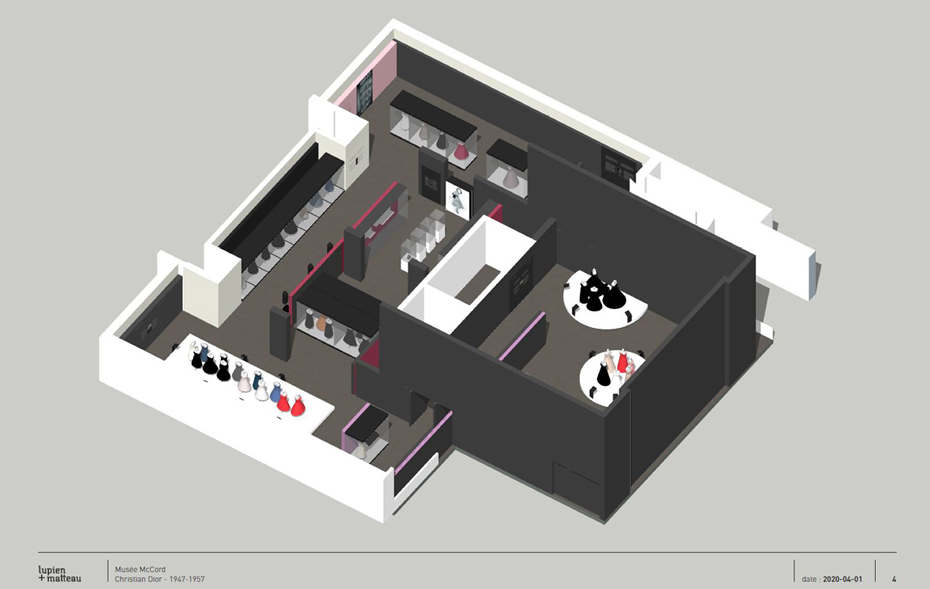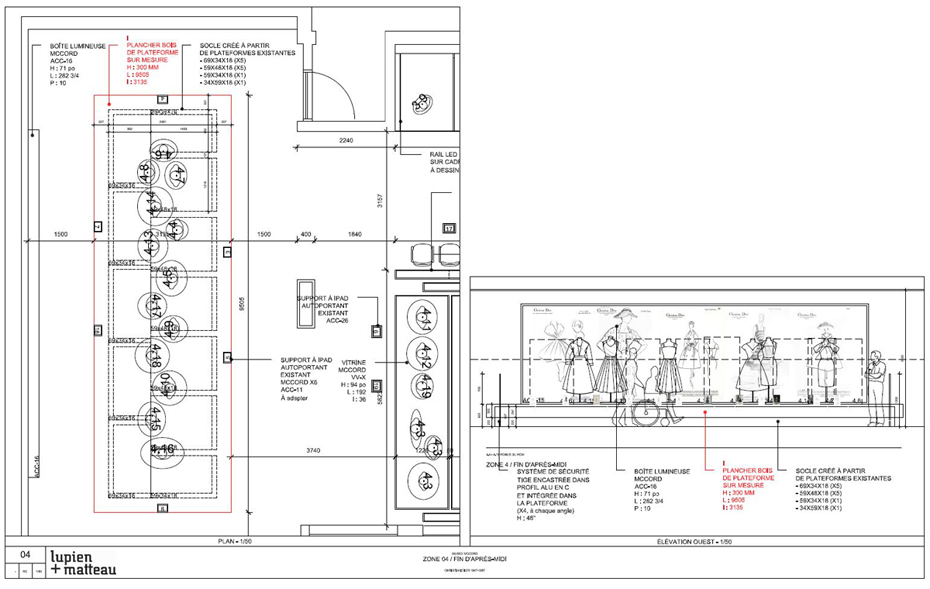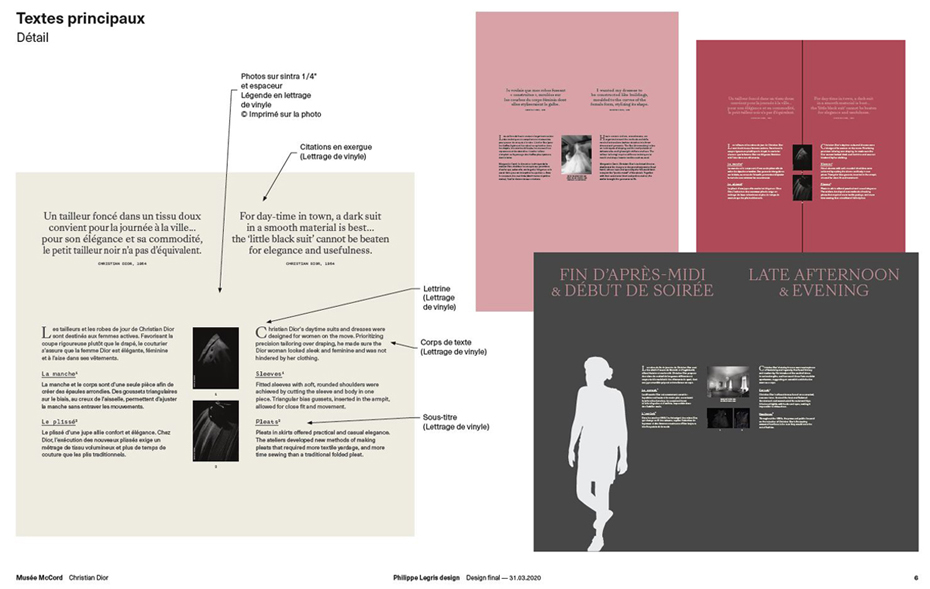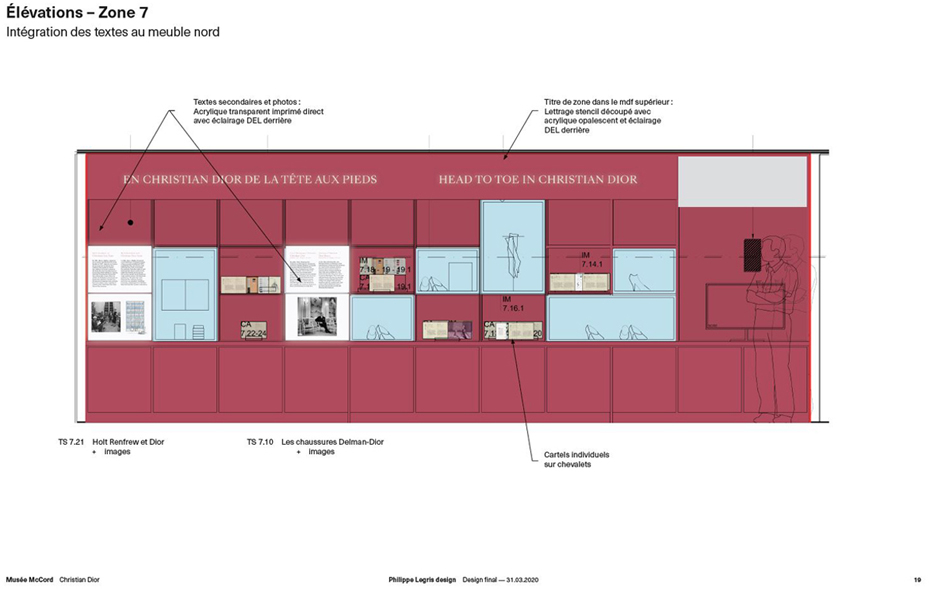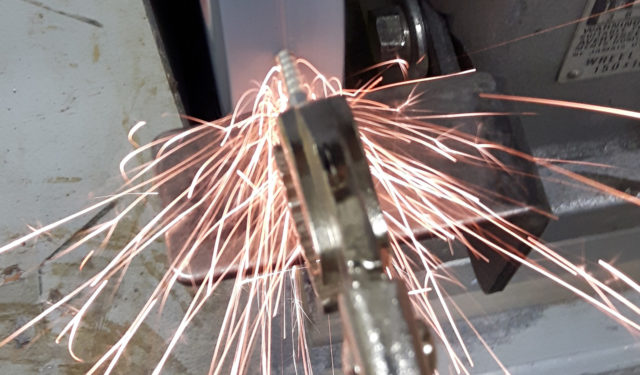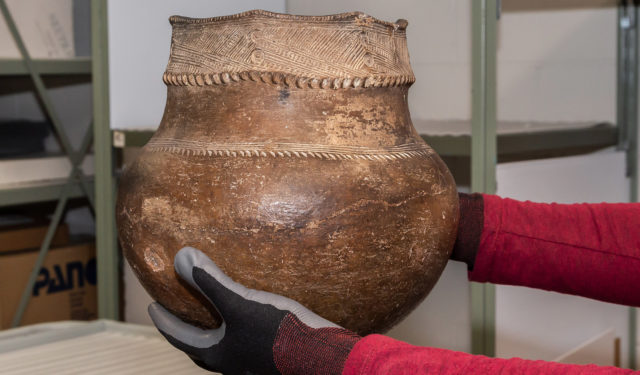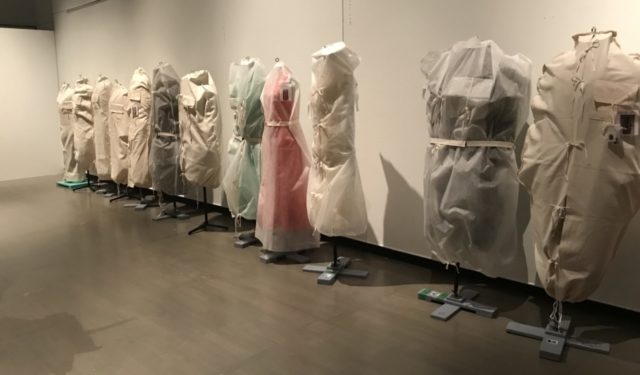From the vault to the exhibition hall: A creative collaboration
Designing an exhibition is a painstaking job involving numerous participants.
September 10, 2020
Artefacts lie dormant in storage. While these objects never crossed paths in their former lives, as part of an exhibition, they will work together to tell a story. Thanks to the passionate work of numerous people, they come back to life as a narrative is created around them.
At the very beginning, a project manager, curators, conservators, an exhibition designer and sometimes a scriptwriter work together on a group of objects to develop the exhibition. Research is done on the objects and their historical context, and then an approach is chosen for the exhibition design, which will connect all the objects on display and create an experience for future visitors, says project manager François Vallée, whom I have asked to explain the genesis of an exhibition.
We are sitting under a grey sky at one of the pink tables in the Urban Forest on Victoria Street alongside the McCord Museum.
Next come the graphic designers, exhibition preparators, cabinetmakers, lighting and audiovisual specialists, mediators, the building manager and a host of other people with very specific expertise.
At this stage, my role is to coordinate with all these people and other Museum departments like Collections Management, Communications, and Education, Community Engagement and Cultural Programs to ensure that everyone works together to respect the schedule, budget and Museum’s values.
I watch him light up as he warms to his subject: What I enjoy most is working on a variety of projects, with lots of different people. Since we explore diverse themes, my work is constantly evolving and I am always learning. It’s really rewarding to work as a team on an exhibition like Griffintown or The Archivist and, at the end, see the results of a year and a half of work. The Christian Dior exhibition is a little different because it is a travelling exhibition. The Royal Ontario Museum (ROM) originally produced Dior in 2017. After travelling around the world, it is now being presented in Montreal from September 25, 2020, to January 3, 2021, at the McCord Museum.
A team arrived from Toronto with two trailers filled with objects. Everything else was done here, at the Museum. “Everything else” refers to the exhibition design, graphics, design and mounting. Furthermore, since the Museum is adding eleven Dior dresses from its own collection to the exhibition, it was also necessary to write new content, restore the dresses, construct tailor-made mannequins to display them, and photograph them. The exhibition is by no means an exact copy of the one presented at the ROM: the layout is completely different and we have carte blanche for the exhibition design.
Handcrafted by French artisans in the mid-20th century, the dresses will be grouped under various themes, from delicate summer dresses to sumptuous ball gowns, to cocktail dresses. The Dior dresses are so elegant and magnificent, we decided to display them in an equally opulent space. In the large main gallery, for example, we are suspending large fabrics from the ceiling to echo those used in the dresses. I think it’s really going to be quite beautiful, he says, smiling.
As the interview comes to a close, a fine drizzle begins to fall from the clouds above us. François Vallée says good-bye and runs back inside the Museum to help with last-minute preparations for the exhibition. As I look up at the sky, I suddenly can’t help imagining it hung with rolls of pearl-grey silk.


